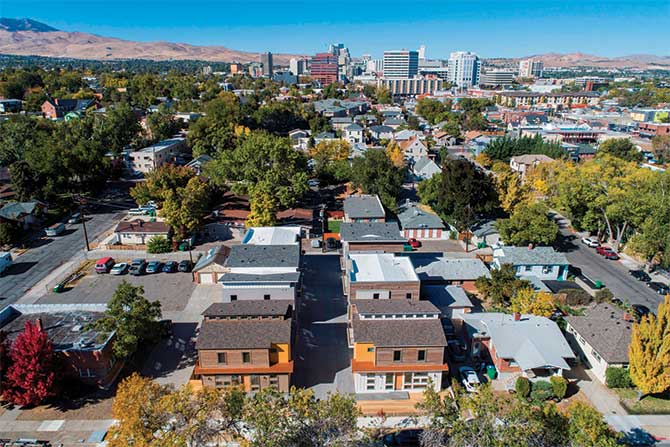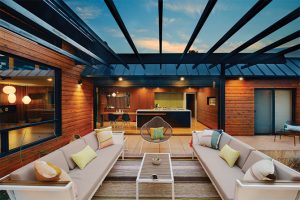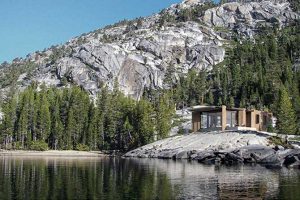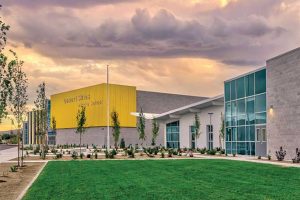By AIA Northern Nevada
CITATION
Architect: Architectural Design Group
Contractor: Timberline Builders
Completion date: 2017
Location: Reno, Nevada
Urban sprawl can cause increased traffic, worsening air and drinking water, threats to groundwater supplies, high rates of polluted runoff, and increased flooding. Urban sprawl also contributes to longer commutes, high costs of services, and neglected city centers. Solution … Infill.

Infill development can positively impact a community in a variety of ways. Vacant and underdeveloped lots are typically integrated, or readily able to be integrated, into existing infrastructure, including sewers, roads, and public transit services. This greatly reduces the need for additional resources associated with having to connect to these essential utilities. Further, infill development helps combat sprawl, which is often comprised of low-density development and the separation of uses, thus increasing a community’s reliance on automobiles. Infill development can increase the density of an area which, in combination with expanded public transit, can decrease the emission of greenhouse gases. Developing homes in close proximity to existing public transit and integrating non-residential and residential uses reduces the number of vehicle miles traveled. By reducing sprawl, infill development also conserves natural resources, protects biodiversity, and promotes watershed protection.
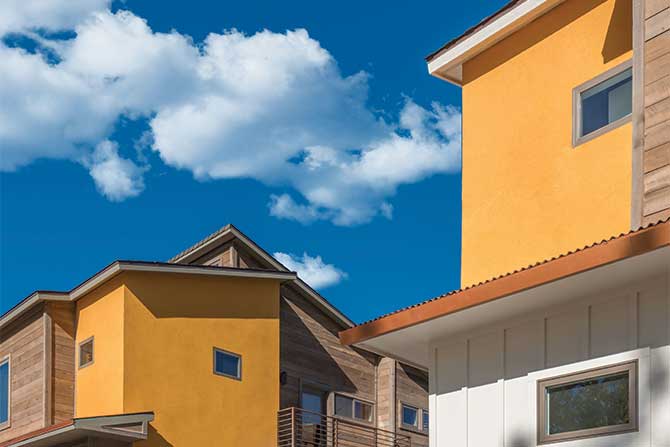

The site was a vacant lot bordered by existing residences. It is within walking distance to Midtown which offers amenities such as dining, shopping, work, public transportation, and schools, helping to create a walkable community.
The challenge of this infill project was to create six single-family residences on a 1/3 acre site with an extremely low construction budget. Each residence is 1,500 sq. ft. and stands on a 45’ x 50’ lot. A requirement of the City was that each house needed two parking spaces, so garages were designed into the extremely limited footprint. Each resident has a protected outdoor space to create a small garden.


The longevity, sustainability, and low maintenance of the building envelope was of high importance to the developer. With this concept, the exterior was clad with reclaimed wood siding and stucco. The reclaimed wood needs no additional staining, weathers over time, and decreases the demand for newly sourced lumber which helps curb deforestation. Stucco is resistant to fire, rot, mold, impact, and termite infestation. With our local climate condition, the finish on stucco homes can last as long as 100 years. The ingredients for stucco finishes were obtained from local, sustainable sources. Other sustainable features include, recycled building materials on interior finishes, enhancing the indoor environmental quality, high efficiency lighting, low-e windows, continuous insulation on the exterior, and native, low-water consuming landscaping.



